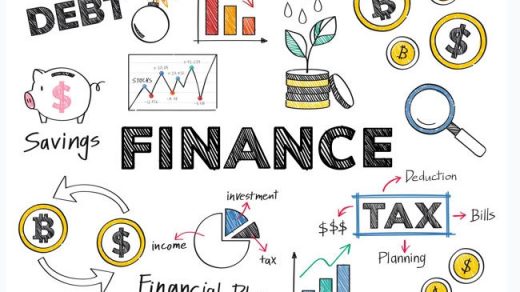
In the dark world of money laundering, where dangers and risks lie at every step, AML/CFT compliance serves as a stepping stone. Adverse Media Screening is a term often heard and observed all over the shadowy world of money laundering. But how exactly does it impact the life of a layman? Do compliance officers and financial institutions employ such tools that combat this bizarre activity? Does negative news serve as a source to identify potential threats and risks? To learn about adverse media screening in the pool of AML compliance, keep updated with AML Watcher. Your curiosity is justified, and AML Watcher is here to assist you.
Adverse Media Screening: A Source to Identify the Risks
What is adverse media screening, and how does it act as a source of information to identify the risks and alerts associated with people? These questions are very much justified, but before that, let us have an understanding of the definition of Adverse Media Screening.
Adverse media screening is essential for locating and alerting potentially suspicious activities or individuals in the anti-money laundering (AML) space. This protects an organization’s reputation, reduces risks, and evaluates consumers. Adverse publicity, such as news stories, blogs, social media posts, official reports, and court records, can seriously harm an individual’s or an organization’s reputation. Issues with money, the law, and society may also arise. You must use adverse media screening to identify threats, raise red flags, conduct in-depth investigations, and manage AML compliance activities. Due to the increased prevalence of financial crime, many regulatory authorities, like the Financial Action Task Force (FATF), recommend that financial institutions conduct continuous customer due diligence and monitor any abnormal activity in transactions.
Regulatory Requirements Regarding Adverse Media Screening
A new customer due diligence (CDD) compliance requirement was introduced by the U.S. Treasury’s Financial Crimes Enforcement Network (FinCEN) in 2018. This rule required financial institutions to report on potential financial crime efforts by their clients. The new regulations mandated constant media source monitoring to spot any unfavorable material about consumers. Know your customer (KYC) regulations, anti-money laundering (AML) procedures, and fighting the financing of terrorism (CFT) are all included in CDD. By identifying possible high-risk persons or entities implicated in financial crimes or funding terrorism, adverse media searches assist financial institutions in meeting AML/CFT standards. Clients from high-risk areas must submit to negative media searches when requesting banking services in Europe, according to the sixth AML Directive (AMLD6) of the European Union. In order to comply with these regulations and to avoid hefty fines and penalties, adverse media screening searches are now essential. Financial fraud prevention and sanctions compliance now depend heavily on adverse media searches with solutions and tools designed specifically to assist organizations in locating people or businesses subject to government or other regulatory body-imposed sanctions. To safeguard against possible dangers to their brand and reputation and maintain compliance with an increasing number of interested regulators, the objective is to accurately construct a customer risk profile.
Adverse Media Screening: Sources and Forms
Regarding risk management and compliance initiatives, the types and sources of negative media matter extensively. A few examples and forms of adverse media content include the following:
- News stories
- Reports
- Formal court records
- Government and regulatory statements
- Social media posts
- Press releases
On the other hand, adverse media can take many different forms. Some examples of adverse media include negative news articles, social media posts, regulatory complaints, and court records that allege misbehavior. Unfavorable news articles, social media posts, and legal and regulatory issues are examples of adverse media. A company’s reputation, finances, legal standing, and regulatory compliance can all be very severely impacted by negative news. Not only may reputational damage result in financial losses and increased capital costs, but it can also cause a decline in customer loyalty and trust. Legal and regulatory repercussions could include regulatory bodies looking into the matter and fines and lawsuits.
Wrapping Up
In conclusion, Financial fraud prevention and sanctions compliance now depend heavily on adverse media searches with solutions and tools designed specifically to assist organizations in locating people or businesses subject to government or other regulatory body-imposed sanctions. Hence, to combine efforts to maintain AML compliance, efficient tools like AML Adverse Media Screening need to be adopted. Visit AML Watcher to learn about product knowledge and efficient AML Adverse Media screening. With five free screening attempts, get your 5-day free trial to have a robust experience of AML Watcher’s services.




Recent Comments